Laying Out Your Food Plots - Part II
 Distribution And Size
Distribution And Size
Ok, you have a handle on the total acreage of food plots needed, but how many plots do you need, what size should they be and where should they go. You can’t really answer any of these questions without giving thought to the others since they’re all related and interdependent. The number of plots depends in part on what size they are, and vice versa. And, in areas with limited tillable land, the distribution of the tillable land and how much of it there is at each site will go along way in determining both the number and size of food plots. Still, there are ways to come to logical decisions.
Plot Distribution
Let’s consider the number of plots first, which, of course, is partly a function of property size. What we’re really talking about is the distribution of food plots, or coverage. Let’s look at some factors that might guide us in distribution decisions. From research on El Tecomate, very little plot plant material was found in the droppings of deer more than a half-mile from food plots. This could mean one of two things. One, deer using food plots stay near the plots, and frankly, that’s a big part of the answer. Two, deer more than a half-mile from a plot seldom visit it. I have not found that to be the case, especially with bucks. Does, however, don’t move as far as bucks, and they are particularly homebodies during the summer when rearing fawns, seldom ranging more than a few hundred yards during the fawning and fawn-rearing time. Even with bucks, why make them move more than a half-mile to feed, causing them to burn energy and expose themselves to danger?
Given all this, we can develop a rule of thumb relating to the desired distribution of plots, and therefore the number of plots. Food plots should be spaced from a half-mile to a mile apart, meaning that all deer are within a quarter to a half-mile of a plot. Unless valuable habitat is compromised, closer spacing doesn’t hurt, except that it is more expensive to farm many small plots than fewer big ones. Personally, I like to limit the maximum distance between plots to about three-quarters of a mile to better serve does.
Plot Size
The target deer density has led us to a total acreage in food plots, and the movement pattern of deer has given us a plot distribution guideline. With all that, we can now develop some size guidelines for plots. For the sake of simplifying the math, let’s assume that we want a deer per 10 acres and that we don’t want any deer to be more than a half-mile from a plot (mile spacing between plots). From this, the “right” size of the plot can be determined. All we have to do is look at the coverage area of the plot (in this case, a half-mile radius around the plot, or roughly a square mile, i.e., 640 acres) then, using the target density (a deer per 10 acres), determine how many deer this plot has to feed, which works out to 64. Then, simply divide the number of deer (64) by three (the number of deer an acre of plot will support), and that’ll give you plot size, about 21 acres in this case.
You also can work from the other direction. A known or desired plot size can determine plot distribution. For instance, let’s assume a plot can only be 10 acres because of limited tillable soil. A 10-acre plot will support about 30 deer, which, at a deer per 10 acres, represents the deer on about 300 acres, roughly a half-square mile, or a quarter-mile radius around the plot. This tells us that the neighboring plots have to be close enough and/or large enough to serve the deer more than a quarter-mile away or there’ll be too much pressure on this plot.
On plots of varying sizes, just determine the coverage area of each plot and match them up so that overall coverage is as uniform as possible. In reality, certain factors, such as limited tillable land, prime habitat that needs protecting, access problems, neighbor concerns, etc., usually force less than ideal coverage, but that’s ok. Just do the best you can. At least, the guidelines allow you to identify problem areas, which perhaps can be shored up with direct supplemental feeding. Too much overlap is seldom a problem, but too many holes may force a reconsideration of the deer density.
A word on practical food plots sizes. Several factors come into play that tends to point to a practical range of sizes for food plots. One is farming efficiency. From travel time between plots to maintaining connecting roads to turnaround time on the rows, it is more costly and inefficient to farm many small plots than a fewer bigger ones. Another consideration is the loss of production on smaller plots from shading and moisture/nutrient drain because of the higher edge percentage. This same concern addresses the feasibility of leaving trees and islands in a plot for aesthetic reasons. Leave no more than necessary, especially on smaller plots or where moisture is at a premium.
Also, smaller plots tend to suffer more damage from deer activity than do larger ones. This is partly because many smaller plots scattered throughout deer range make it more convenient for the deer to spend an inordinate amount of time on the plots, even when not actively feeding, thereby increasing pressure on the plants. Certain warm-season legumes, such as cowpeas, lablab, soybeans, etc., are very sensitive to early grazing pressure, and small plots tend to suffer excessive damage. On Fort Perry, where we had surplus acreage in food plots, cowpea plots of less than six or eight acres took too much of a beating to bother with. Cool-season plots were a bit less sensitive to pressure than summer plots.
From a farming efficiency and production standpoint, bigger is better, but there are practical limits to how large a field needs to be. Largely the travel distance of deer determines that limit, not only by how far they will travel but also by how far you want them to travel. Set a maximum travel distance and a deer density, and you’ll establish a maximum field size. If a half-mile is our maximum desired travel distance, even at the extremely dense population goal of a deer per five acres, a field size of only about 40 acres is called for. Frankly, at that density, I wouldn’t want deer to have to travel a half-mile to feed. A more practical maximum size is probably 30 acres. Even that will support a density of a deer per seven acres in a square-mile coverage area or a deer per 10 acres in nearly a 1.5 square-mile area. Both scenarios push the envelope to the limit. There is also the consideration that cool-season plots are often hunted. And, 30 acres is about as much country as most folks can cover even with a long-range rifle.
So from all this, we can establish a practical rule of thumb for plot size at about 8 to 30 acres. Dedicated cool-season plots can be a bit smaller than eight acres and still be productive, and warm-season plots greater than 30 acres are certainly fine, provided they are for a nutritional cushion and not to serve deer much more than a half-mile away.
Selecting Food Plot Locations
Exactly where you place a food plot depends on many factors. If tillable soil is in short supply, where it’s found may alone determine plot placement, and even total acreage and individual plot size. Even if land is tillable, erosion concerns, best farming soils and perhaps the availability of irrigation water may guide plot location.
Habitat considerations can certainly be factors in plot location. You want good farming soils and the right plot distribution and size, but you don’t want it to come at the cost of key habitat. Study aerials and/or topos before deciding on plot locations. You also must know deer travel patterns on, and onto, your property. Determine and protect major bedding areas, holding cover, travel corridors and highly productive native habitat. When a plot is to be hunted, its attraction to deer during daylight hours should be considered.
Competing food sources, like other agricultural crops, are worth attention. If on your property, factor them into you program. If off your property, they could be drawing away your deer. Position your plots to counter the attraction.
Physical land features may determine plot location, especially in regards to moving farm equipment to and from fields. Roads have to be wide enough to accommodate equipment and smooth enough not to beat it into an early retirement. Consider streams (and flooding) and wet areas that may hamper access or work in the field when timing is critical.
Near the top of the placement factors, especially on tracts of 2,000 acres or less, is the neighbor situation. Neighbors can be a two-edged sword. Good ones are wonderful. Bad ones are a constant thorn in the side. Blessed indeed is the manager who adjoins a large non-hunted or lightly hunted tract. By positioning plots near the property line, he can extend his management influence onto that property and attract the deer to his plots, effectively controlling more deer and land than his acreage total would indicate. This is a best-case scenario, but a rare one. About the best you can hope for is a neighbor with harvest goals similar to yours so he doesn’t disproportionately bleed off your deer. With such a neutral neighbor, you are more or less free to locate plots based on all the other factors. But when you’ve got a neighbor who is far less selective than you, the last thing you want to do is concentrate deer near his property line. Losses will be too high. So, we
come to another rule of thumb based on the half-mile travel limitation – try to avoid placing food plots any closer than a half-mile from the boundary of an indiscriminate neighbor. Feeding deer well will do you no good if your neighbor shoots them before their time.
Posted by David Morris
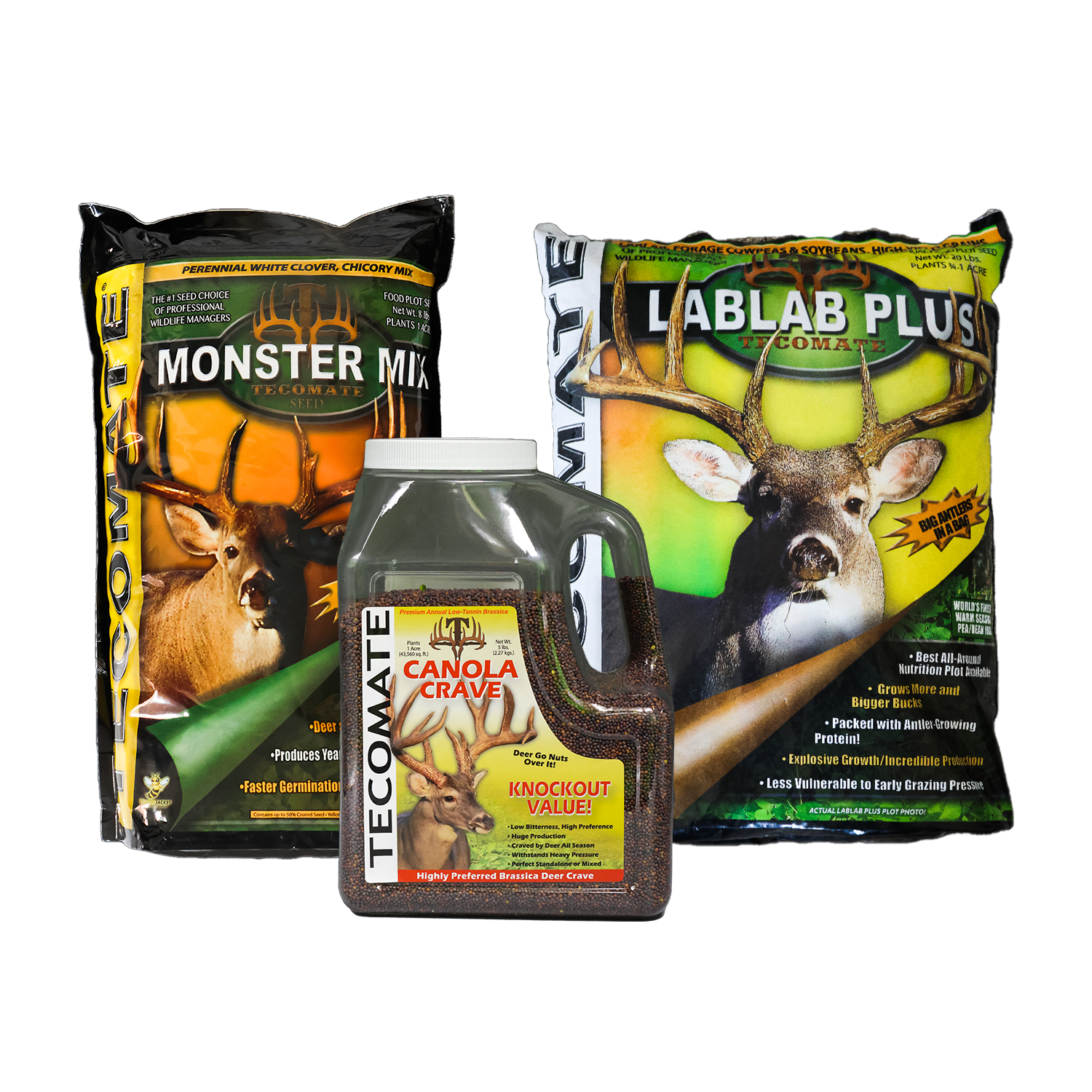
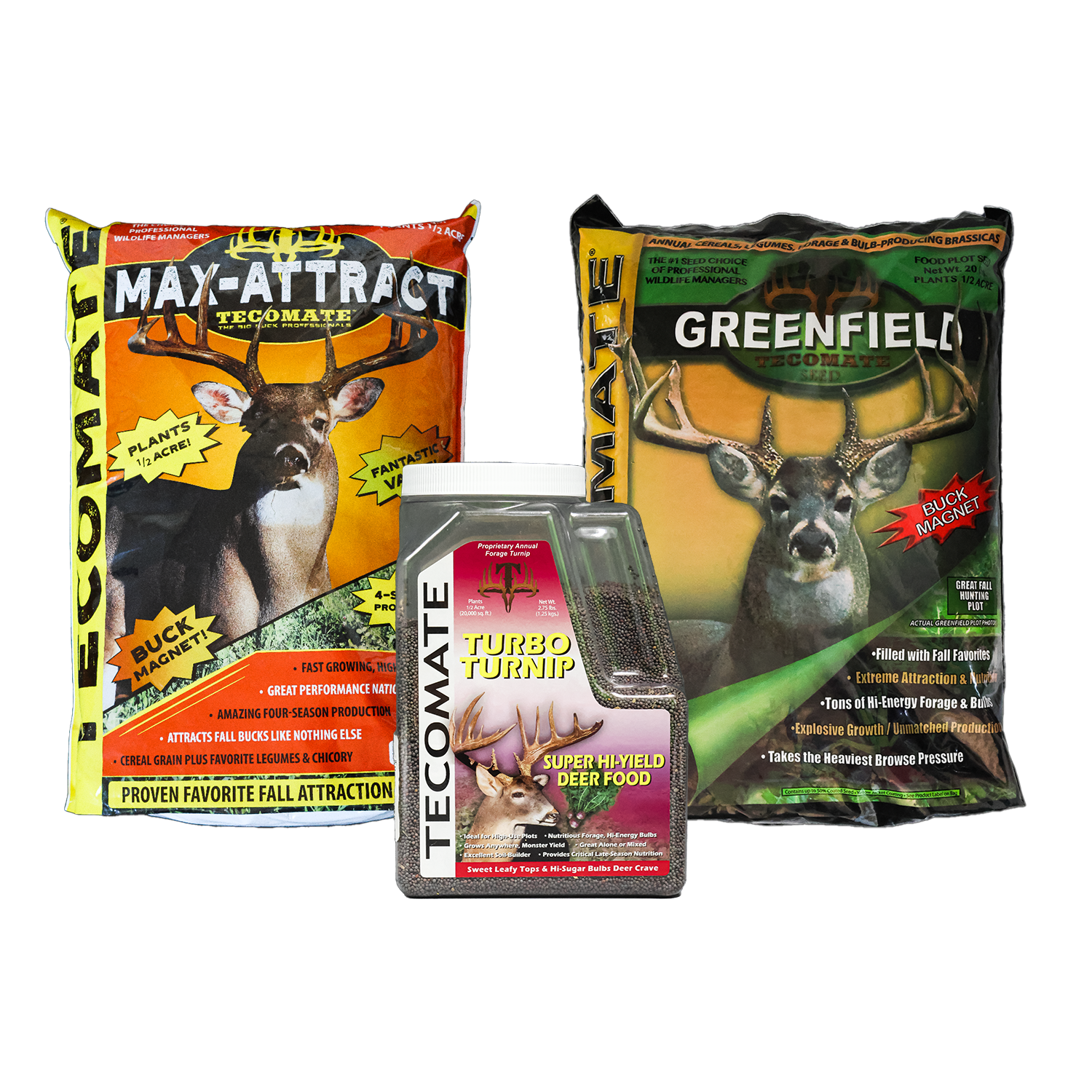
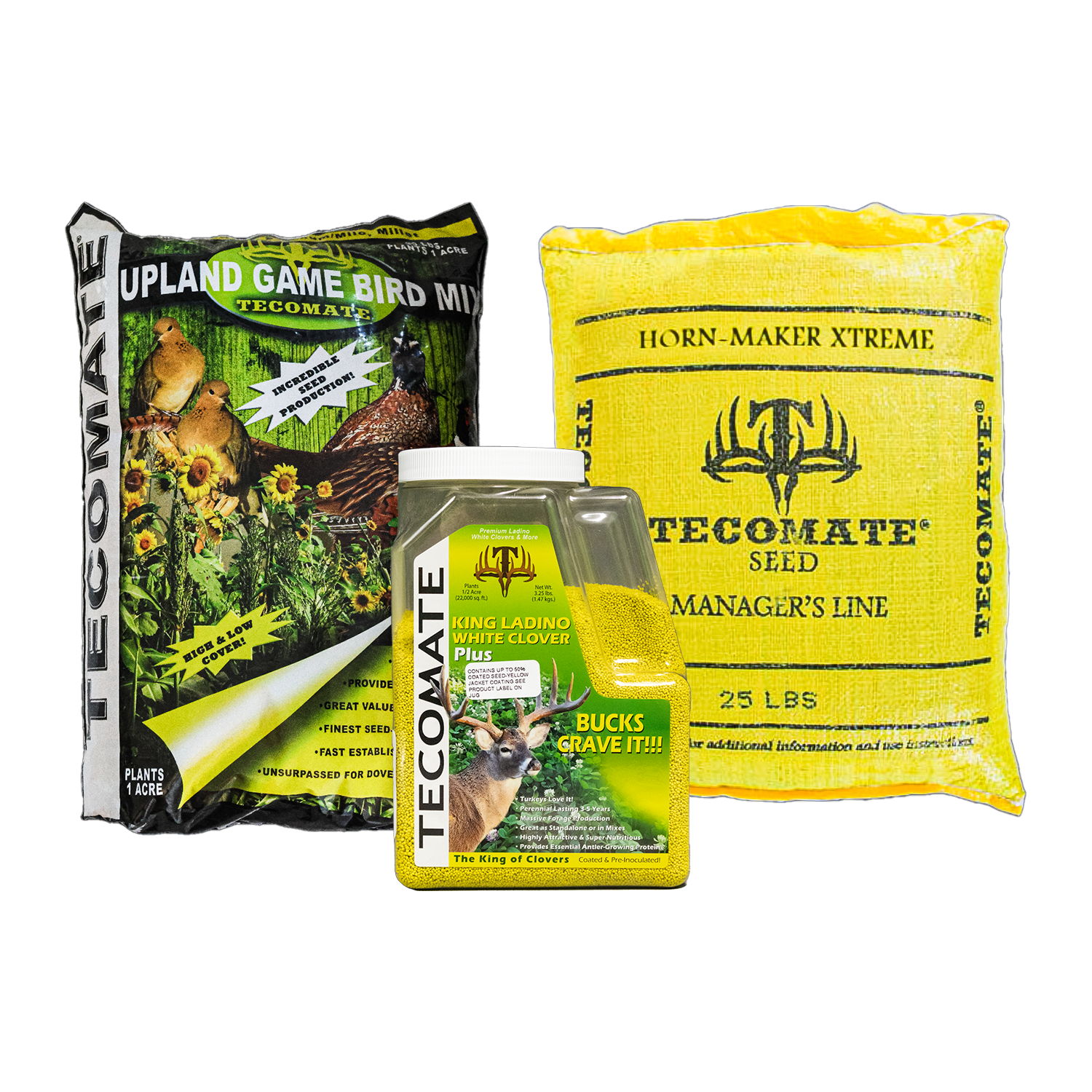
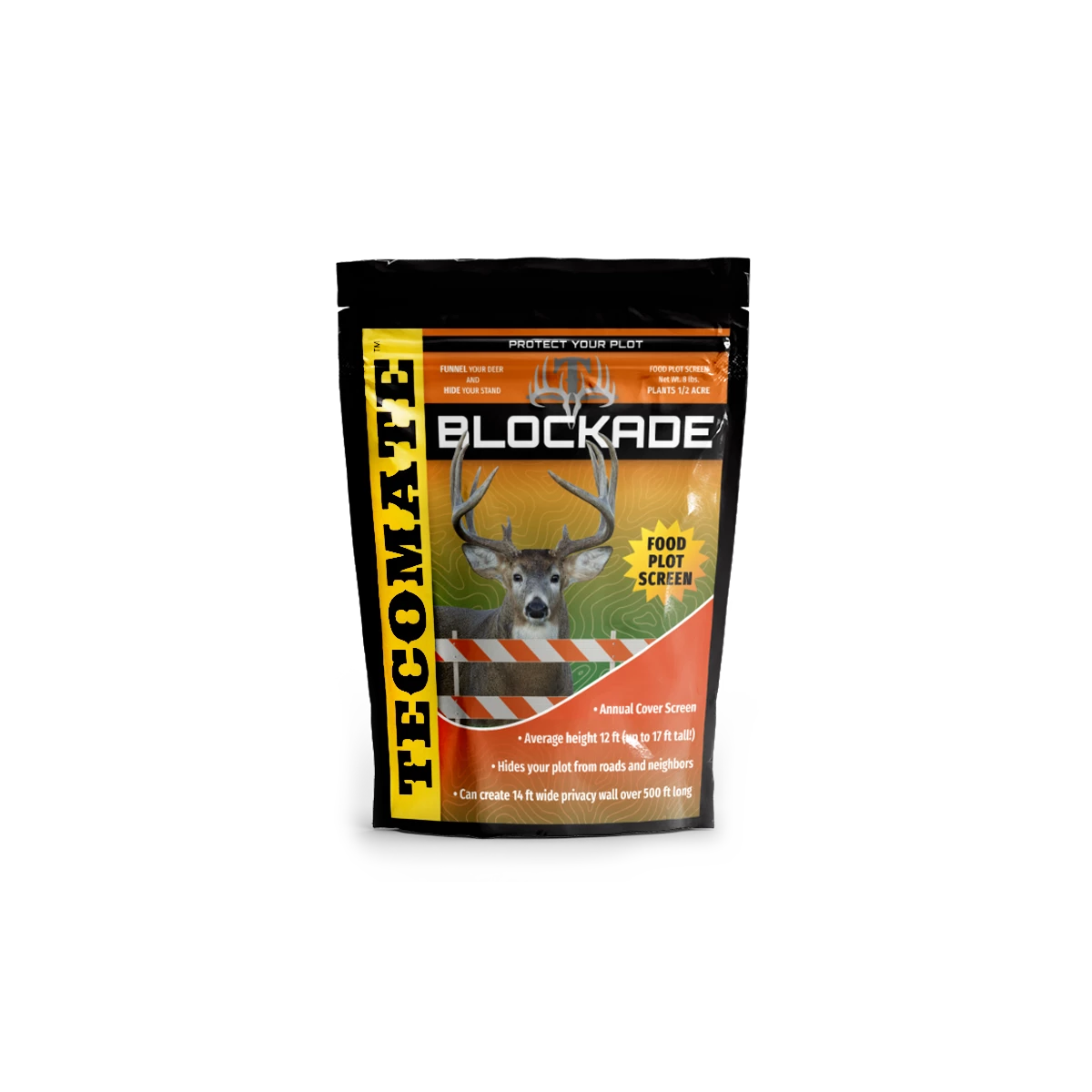
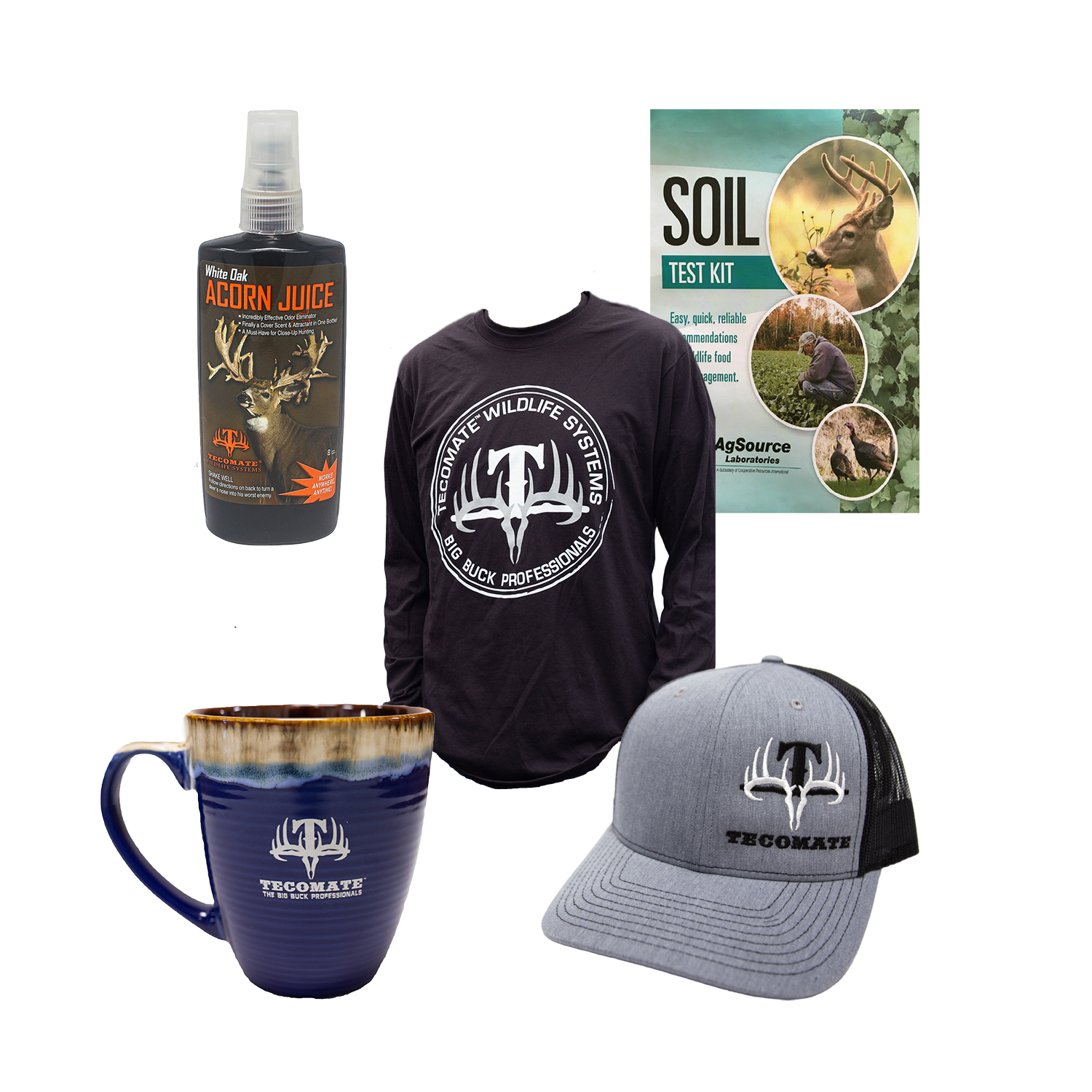
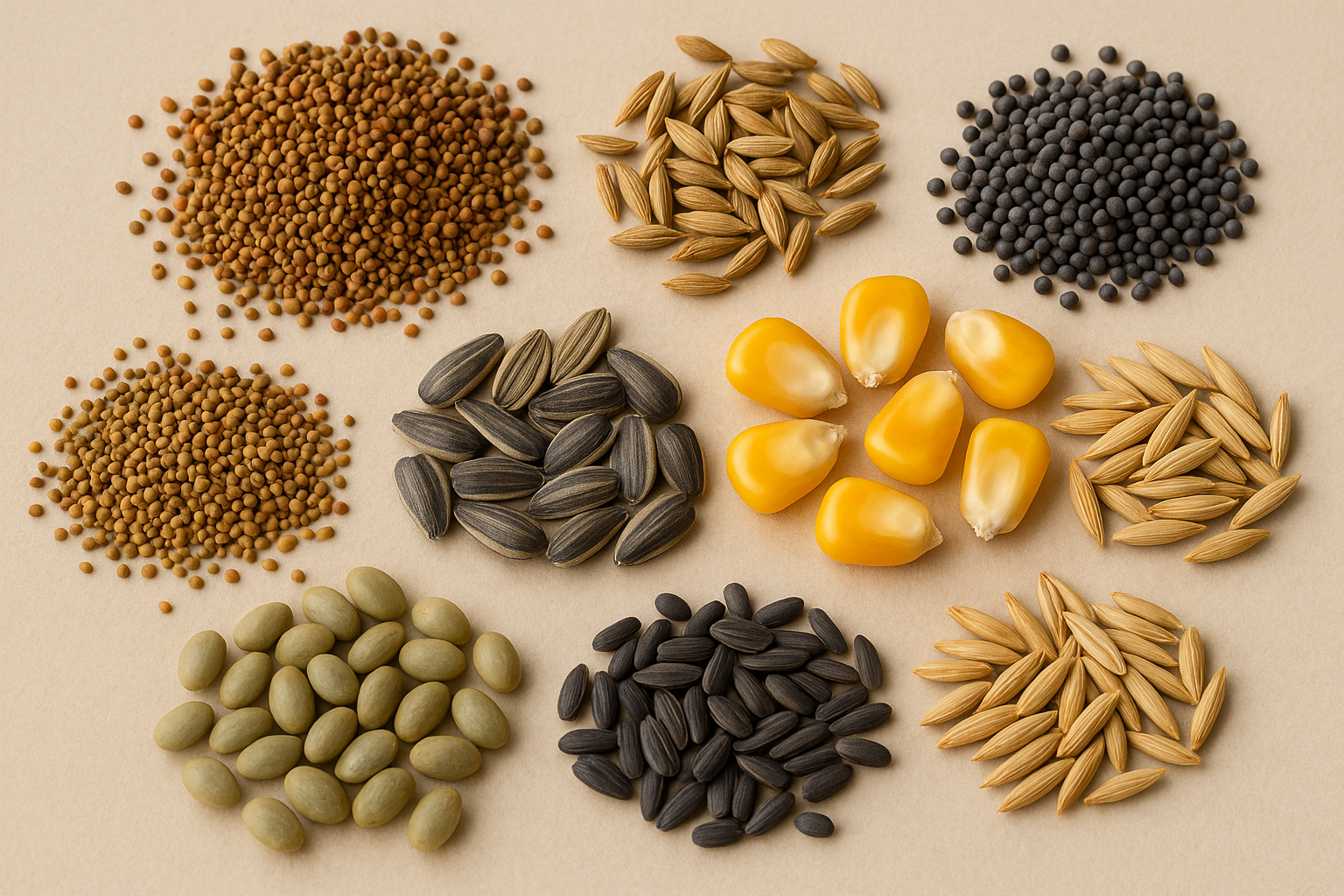
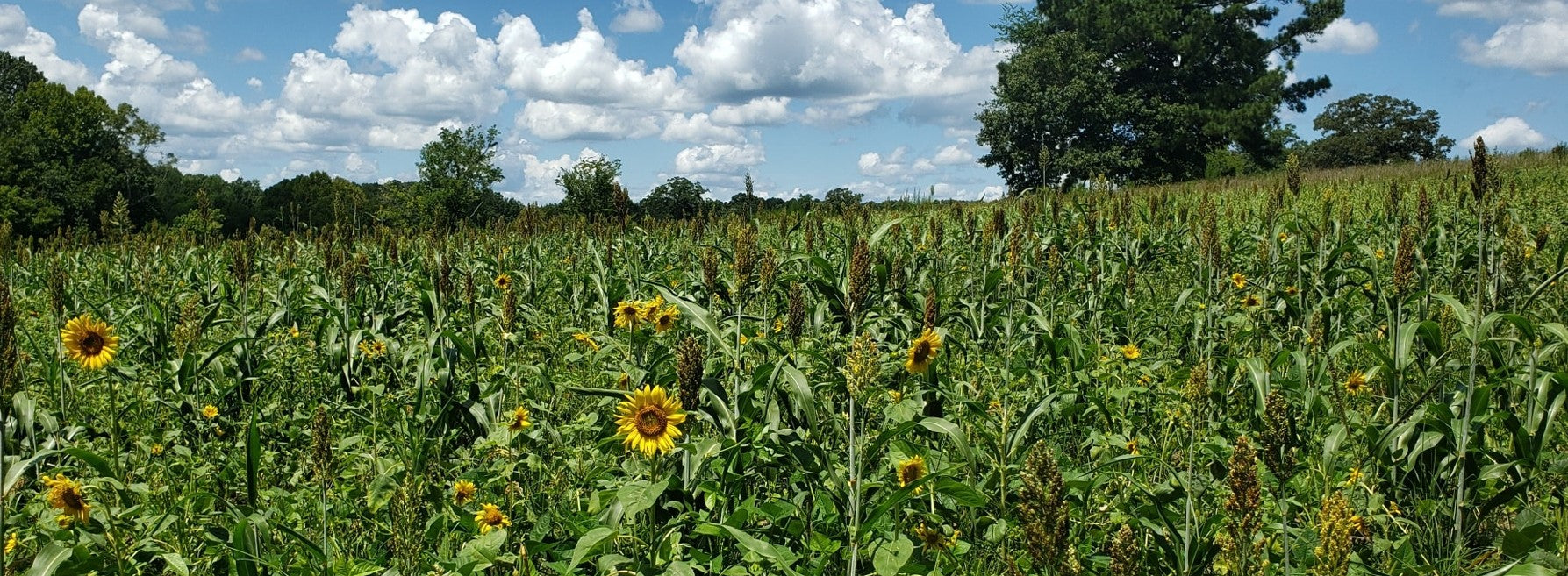


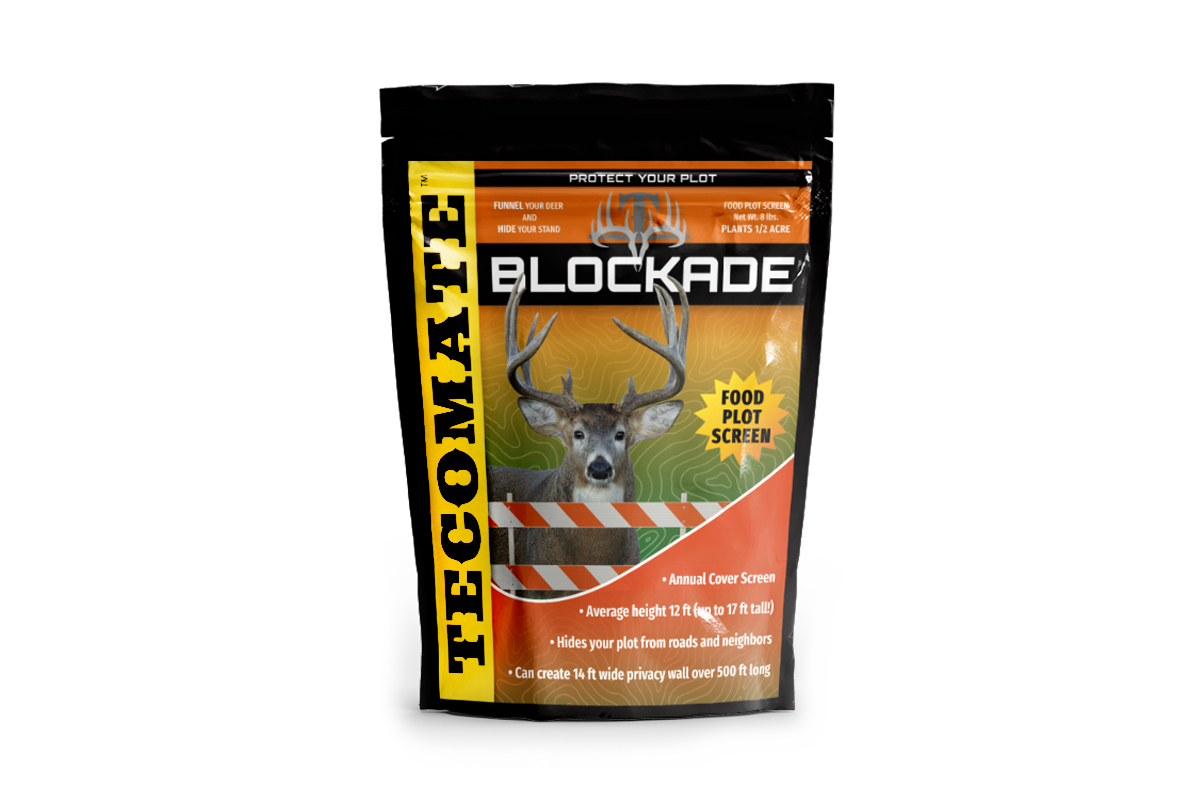

Leave a comment